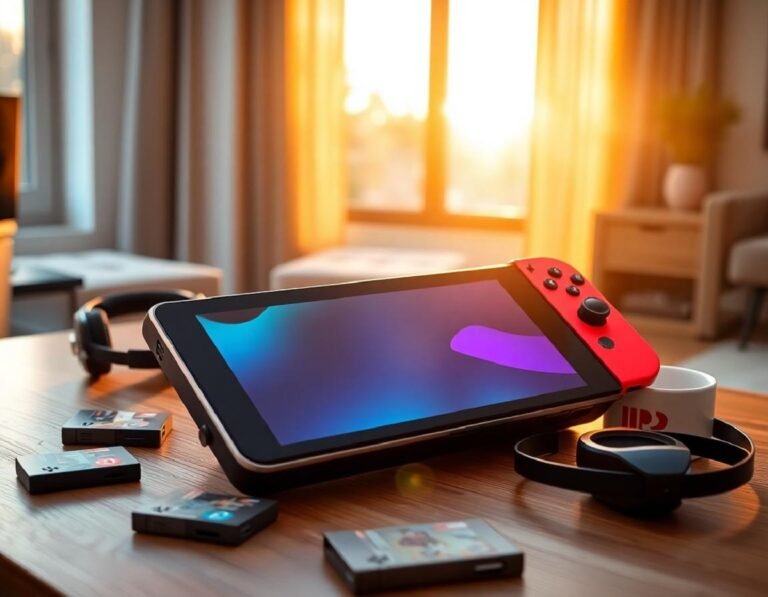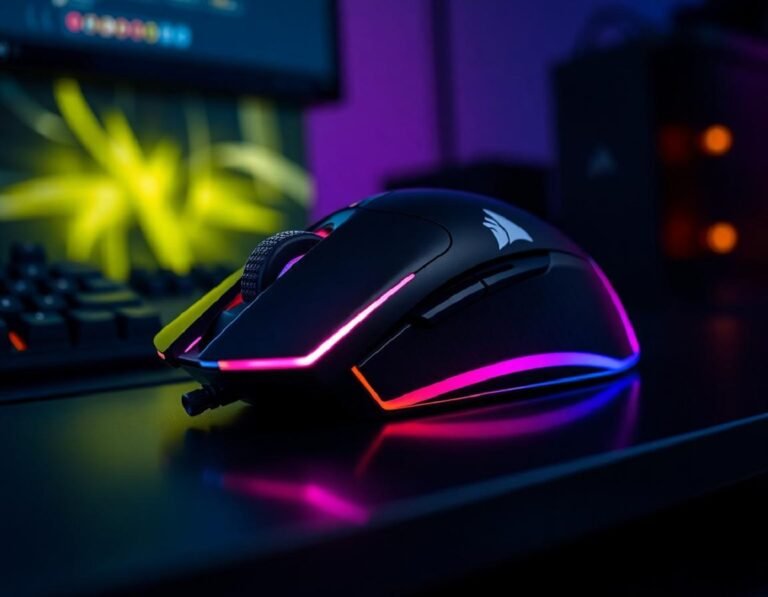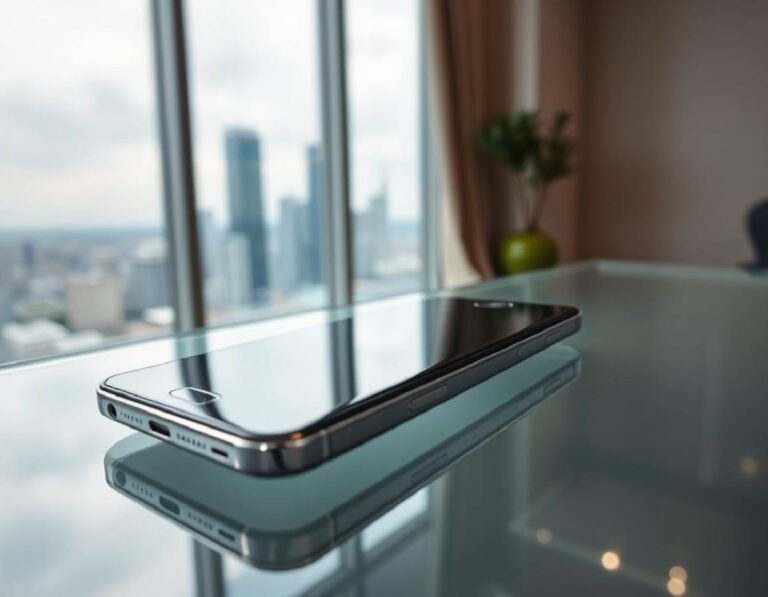DJI Matrice 400 Review: Long-Flight Flagship Drone for Professional Use
Since then first Matrice Series drones took off,
multi-payload platforms have changed what drones can do. After launching the Matrice 300 RTK in 2020 and the upgraded Matrice 350 RTK in 2023, we’ve learned a ton about what users really need. Drone uses have grown fast, so we built a new multi-payload drone to fit today’s demands across industries.
Meet the new Matrice 400 from DJI Enterprise.
Built for top performance and designed to handle many tasks, this drone carries up to 6 kg of gear and spots obstacles like a hawk. It’s set to raise the bar on what pros can do in the field.
Let’s break down what makes the M400 stand out.
The flight time is impressive — up to 59 minutes even with a payload. Speed? It’s bumped up to 25 m/s for manual or automated flying. This makes it perfect for long missions like search and rescue, firefighting, and wide-area mapping.
Payload capacity grew too. With a 6 kg max and four external E-Port 2.0 connectors, you can mount up to seven different tools at once depending on your mission. It works with Zenmuse H30 series, Zenmuse L2, P1, S1, Spotlight V1, Speaker, and even a bunch of third-party gear.
Pair it with the H30T for thermal and visual detection in real time. The S1 and V1 payloads boost rescue and public safety missions. Add the L2 to inspect power lines with a power-line-follow feature.
To beef up onboard computing, we added the Manifold 3. Small and light at 120 grams, it handles 100 trillion operations per second. Developers can tap into this muscle to build powerful apps that bring the drone’s potential to life. This extra brainpower is great for public safety and inspections.
The M400 is built tough with an IP55 rating, meaning it fights off dust and rain without breaking a sweat.
Spotting power lines is one of the biggest flight risks. The M400 uses a situational awareness system that blends spinning LiDAR, millimeter-wave radar, and full-color low-light fisheye cameras to detect obstacles early. It can even spot thin wires down to 21.6 mm thick — during the day or at night — and dodge them automatically when flying up to 17 m/s.
Compared to M350 RTK,
the smart controller took a big leap with the DJI RC Plus 2 Enterprise Enhanced. It’s got a better transmission system, O4, with a built-in high-gain antenna. The drone’s ten antennas plus the controller’s high-gain receiver keep video streaming smooth up to 40 km, even in tricky spots. It supports sub 2G frequency and works with dual DJI Cellular Dongle 2 sticks to pick the strongest signal all the time.
A cool new trick is the relay function when paired with the RC Plus 2 controller. This lets one drone act as a relay, boosting the range of the main drone’s video and control signal. Perfect for tough scenes like mountain rescues.
The M400 brings smart flight features for better awareness, safety, and efficiency. With H30 gear, it detects vehicles and boats from afar and counts them on the spot. Its infrared detection is handy for first responders needing quick info.
A smart AR mode on the controller shows real-time street names and landmarks during day or night flights, marking major roads clearly. The L2’s power-line-follow helps inspect power infrastructure by spotting obstacles with LiDAR and dodging crossing wires.
Real-Time Terrain Follow helps map areas with high precision. Plus, the M400 can take off and land on ships — moving or still — making it a good fit for offshore wind turbine checks or maritime patrols.
For easier flying, new modes like Cruise Control keep a steady speed letting pilots focus on the mission. FlyTo mode lets you enter a last known location and the drone plots a smart route around obstacles, adjusting speed automatically.
On the hardware side, battery management got a big upgrade. The new TB100 battery handles up to 400 charge cycles. It’s single but bigger, powering longer flights. If you swap it out within 45 seconds, the drone keeps satellite data to take off again quickly.
The BS100 Battery Station holds three TB100s and two smaller WB37 batteries, charging a TB100 in just 45 minutes, so downtime stays short.
Need longer missions? The TB100C Tethered Battery connects to outside power for nonstop flights and can power aerial lighting in emergencies.
Software-wise, the M400 works well with DJI FlightHub 2 for cloud-based control. It links to DJI Terra and DJI Modify for a full survey-to-model workflow. DJI keeps your data private, storing nothing unless you choose. Data goes to secure US-based servers that follow top privacy rules.
Like other DJI Enterprise gear, the M400 supports SDKs for payloads, apps, and cloud control, making it customizable for many tasks.
Buy the M400 and you get DJI Care Enterprise Plus or the official extended warranty for the first year.
To close, the Matrice 400 sets a new standard in flight time, reliability, and safety. It boosts drone work with better obstacle sensing and multi-payload power. It’s ready for heavier tasks and smarter operations.
Which feature catches your eye the most? Let me know in the comments.


![Red5 GPS Titan Drone Review 2025 [Design, Flight, Camera & App Insights]](https://www.gadgeteval.com/wp-content/uploads/2025/07/red5-gps-titan-drone-cyberpunk-cityscape-768x597.jpg)



![Apple Watch Ultra 2 Features: What’s New for Fitness and Adventure [Updated]](https://www.gadgeteval.com/wp-content/uploads/2025/07/apple-watch-ultra2-hiker-golden-hour-768x597.jpg)
